[ad_1]
The Garangao tradition is regarded as an opportunity to spread love, happiness and affection between adults and children
The traditional festival of Garangao commences after the sunset prayer on the 14th night of Ramadan, where people dress in vibrant traditional clothing and visit one another.
Marking the middle of Ramadan, Garangao night serves the purposes of ‘honouring’ children and rewarding them for completing the fasting of half of the holy month. This in turn, encourages them to maintain their goal of fasting throughout the remaining half.
Source: doha news
Consistent with the heritage of Gulf Cooperation Council countries, in Garangao children go around their neighbourhoods knocking on doors and upon greeting the residents – sing traditional songs. They are then met with sweets and gifts from the homeowners whose doorsteps they sought.
Whilst the origins of the festival are ambiguous, it remains a celebration exclusive to GCC states and Iraq, and is referred to by different names in these different Gulf nations. In United Arab Emirates the event is celebrated on the 15th of Shaaban which falls roughly at the end of March.
In Qatar the festival is known as Garangao while in Kuwait it is called Gargee’aan or Girgian. In Saudi Arabia, people celebrate Karkee’aan or Qariqaan, with people in Bahrain naming it Gargaaoun. Garangashoch, At-Tablah or Qarnaqosh are names used by Omanis to refer to this day, whilst Emiratis refer to it as Hag Al Leylah. Iraqis refer to the festival as either Majeenah or Garangao.
different theories behind the word ‘garangao’
The origin of the word has several interpretations. One such theory states that the word Garangao comes from the Arabic term ‘قرة العين’ (meaning “joy of my eye”) which is believed to have been coined by Prophet Muhammad (PBUH) to refer to his eldest grandson, Imam Hassan ibn Ali, on the occasion of his birth during Ramadan. It is believed by some that upon the celebration of this occasion, people at the time gathered in the street playing the drums to mark the special day and called it ‘قرقيعان’.
The Arabic term is also mentioned in the holy book of Qur’an in Surah Al-Furqaan, verse 74. The verse translates to: “Our Lord, grant us from among our wives and offspring comfort to our eyes and make us a leader [i.e., example] for the righteous.”
Another interpretation of the word Garangao comes from the Gulf word ‘Gara’, which connotes the sound of things knocking against each other, such as the sound of nuts and sweets in the bags that children carry around their necks, or the sound of the children knocking on people’s doors.
the traditional song
As they go around their neighbourhoods, children often sing a unique song reserved for the festival. The song is intended to call on God to bless the youngest child of the family and to keep him or her healthy.
The “Garangao Girga oh, Atoona Allah yateekum, Bayt Makkah yawadeekum, Ya Mecca Yal ma’amoora, Yam il salasil wal thahab ya Noora, atoona min maal Allah, yeslam lakom Abdullah,” chant reverberates across the streets in Ramadan, marking the passing of half of this holy month.
The song can be loosely translated to: Garangao Girga oh, give us [sweets], may God give you more, and send you to the House in Makkah. Oh Noor, with the gold necklace, give us from the blessings of God, may He bless [your child] Abdullah.”
The ending of the song can change according to the family name of the house the children visit (if known), otherwise the previously stated song remains the same.
The song varies from country to country across the GCC and Iraq.
traditional clothing
During this night, girls typically are dressed in a zari dress over their normal clothes, which is a radiant fabric embroidered with golden threads, along with a bakhnaq (head scarf adorned with golden threads). Around their necks also sit cultural jewellery to complete the attire.
Boys are usually dressed in a new white thobe (cultural garment) along with a qahfiya over their heads, which is a head covering usually embroidered with silver threads. Some boys also wear the embroidered sudairi, a traditional robe that is placed over the thobe.
community engagement
In the contemporary era, malls and souqs embark on a marketing spree where they offer special promotions and arrange closed Gargee’aan events.
The Garangao tradition is regarded as an opportunity to spread love, happiness and affection amongst adults and children. Families put out their warmest welcomes in satchels filled with nuts, candies and sometimes money.
“I like Garangao because I feel like it is our day and everybody cares about us and gives us candies,” Amina, a 7-year-old student tells Doha News.
In Qatar, places such as Souq Waqif, Katara, and the Center of Empowerment and Elderly Care (Ehsan) are often among those to facilitate a Garangao night.
Follow Doha News on Twitter, Instagram, Facebook and Youtube
[ad_2]
Source link


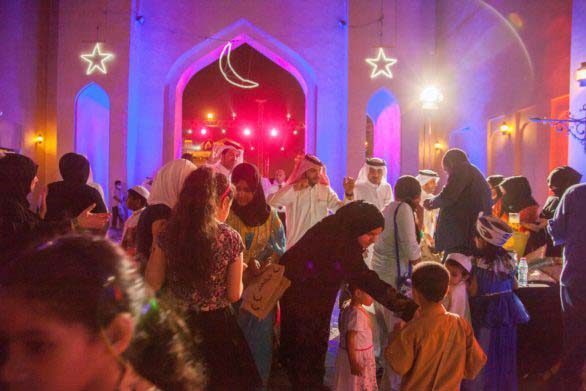



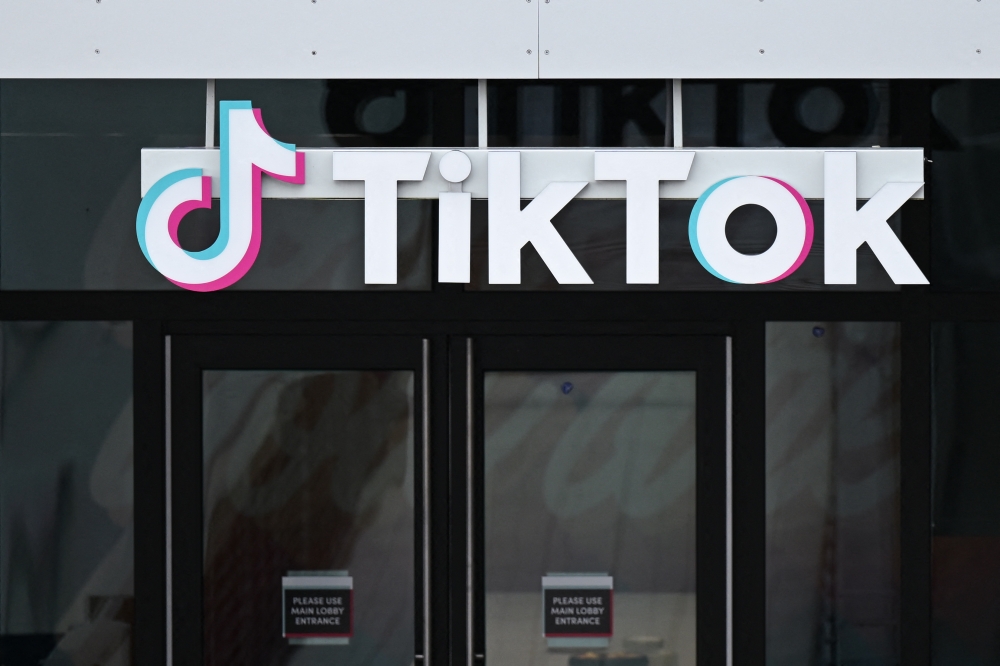

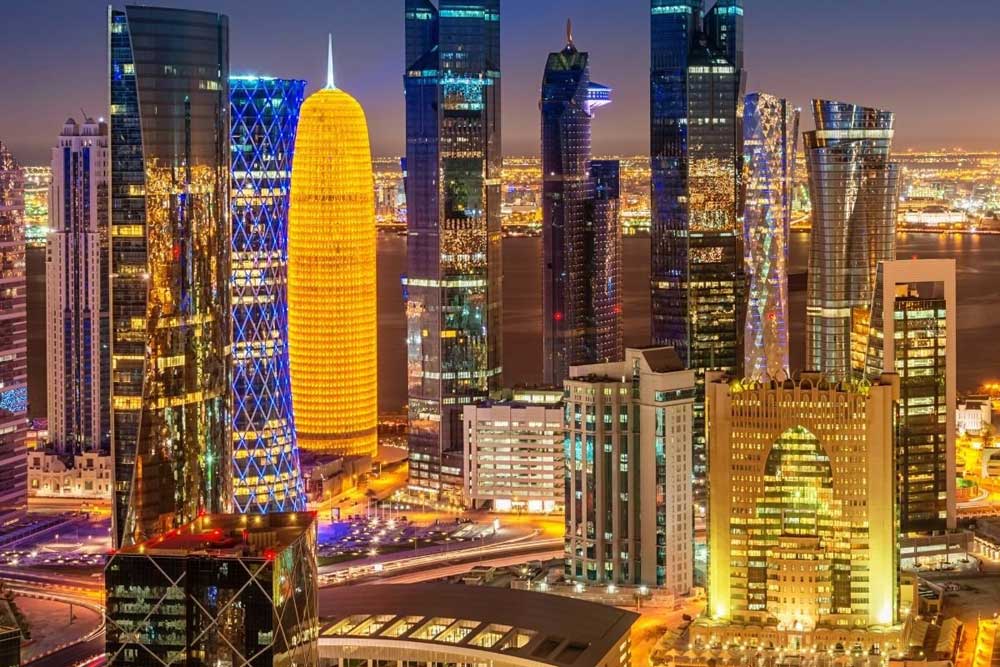





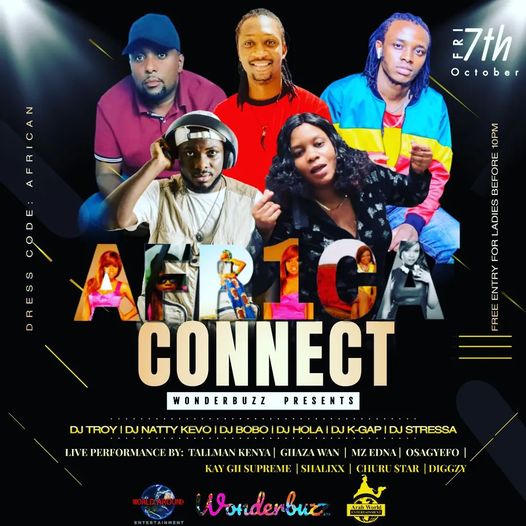

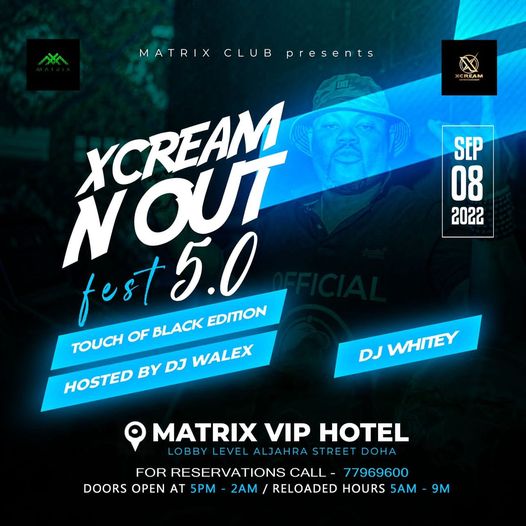
Leave a Reply